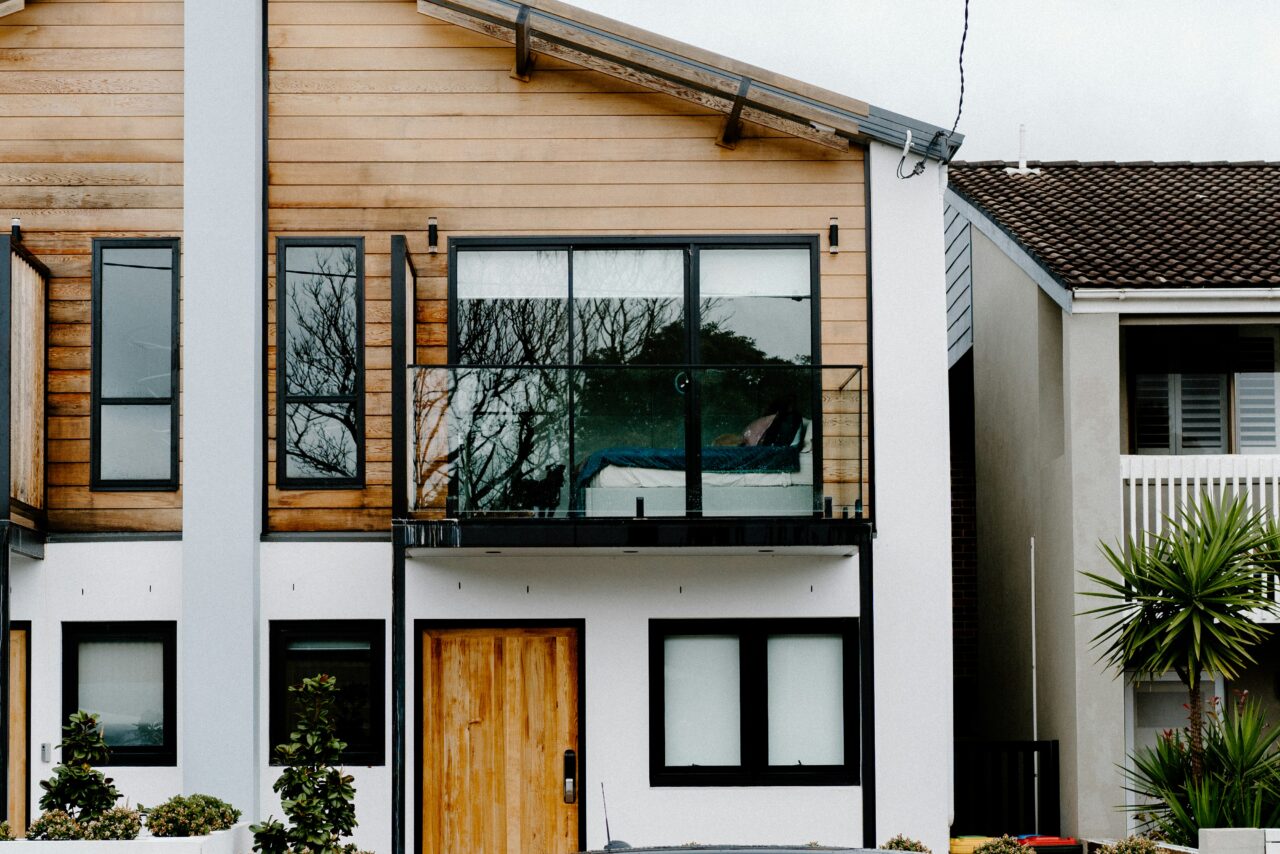
Australia’s property market is always changing. One major driver behind this change is demographics. As people’s lifestyles, ages, and family sizes change, so do their housing needs.
For developers, investors, and future-focused buyers, it’s important to understand these trends. By doing so, you can spot opportunities and plan for long-term growth.
1. Smaller Households Are on the Rise
More people today live alone or in smaller groups. Families are smaller, and many couples choose not to have children. In some cases, older parents and adult children live together.
What this means:
There is growing demand for townhouses, dual-living homes, and compact apartments. These homes are easier to maintain and cost less than large family houses.
2. An Ageing Population Means More Downsizers
Australia’s population is getting older. Many retirees want to downsize, but still enjoy comfort and convenience.
As a result:
Seniors prefer homes that are:
- Single-level
- Low-maintenance
- Close to hospitals, shops, and public transport
This shift is creating more interest in retirement communities and lifestyle estates.
3. Millennials and Gen Z Want Flexibility
Younger buyers are entering the market differently. They often value lifestyle over size. They also care more about technology, sustainability, and convenience.
For example:
- They want homes near work, cafes, and public transport
- They look for smart tech and energy-saving features
- Many use rentvesting—renting where they live and buying elsewhere to invest
Developers should focus on walkable locations, shared spaces, and smart layouts to meet their needs.
4. Migration Fuels Demand in Growth Areas
New migrants continue to play a big role in Australia’s population growth. Many settle in areas with job opportunities, schools, and community support.
As a result:
Outer suburbs and city fringes are growing fast. These areas need:
- Affordable housing
- Schools and childcare
- Transport links and shopping centres
Master-planned communities and medium-density housing will continue to rise in these regions.
5. Remote Work Is Changing Where People Live
The shift to working from home means more people are moving away from big cities. They’re choosing regional towns and coastal areas for a better lifestyle and lower costs.
This trend leads to:
- More demand in regional growth corridors
- New developments in areas with space, nature, and good internet
- A focus on community living and smart home offices
6. Multigenerational Living Is Increasing
In many cultures, extended families live together. This trend is growing in Australia, too, partly due to rising costs and stronger family ties.
Therefore:
There’s more demand for:
- Bigger homes with separate living zones
- Dual-key properties
- Granny flats and adaptable floor plans
Builders and developers who offer flexible home designs will be ahead of the curve.
7. Sustainable Living Is Becoming the Norm
Younger buyers, in particular, want eco-friendly homes. They care about reducing energy bills and living more sustainably.
That means:
Homes with solar panels, water-saving systems, and energy-efficient designs are in high demand. Green developments with shared gardens or car-free areas are also popular.
Final Thoughts
Demographic shifts are reshaping how and where Australians want to live. Smaller households, ageing populations, younger tech-savvy buyers, and cultural diversity all play a part. In addition, flexible work and sustainability are creating new expectations for home design and location.
